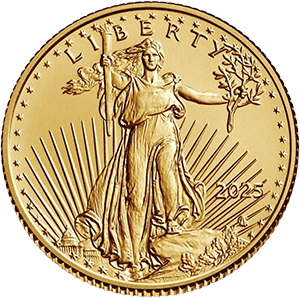
Inflation Definition: Inflation is the rate of increase in prices over a given period of time. Inflation is typically a broad measure, such as the overall increase in prices or the increase in the cost of living in a country.
Many people understand inflation all too well after the last three years. Baby Boomers understand inflation because of their experience in the late 60’s and 70’s. Inflation is expected to exist in any economy at a nominal rate. A necessity for growth. Prices inflate, wages inflate, more jobs are created, more money is required, and prices inflate. The Federal Reserve, the United States of America’s Central Bank, considers 2% to be the ideal inflation rate for the United States economy currently.
This number rose throughout the turbulence which was the 60's to 5.84% in 1970. During this time, foreign aid, military spending, and foreign investment threatened the Bretton Woods Agreement which was adopted after World War II. Under Bretton Woods, the external value of foreign currencies was fixed in relation to the U. S. Dollar, whose value was in turn expressed in Gold at the congressionally set price of $35 per ounce. As a result, the dollar was overvalued. Presidents Kennedy and Johnson adopted a series of measures to support the dollar and sustain Bretton Woods. Nothing worked. Traders in foreign exchange markets believed that the dollar’s overvaluation would one day compel the U. S. Government to formally devalue the dollar. This resulted in periodic runs on the greenback.
In August of 1971, President Richard Nixon convened a meeting of his top economic advisors at Camp David. The results of this summit were colloquially called, “Nixon Shock.” Nixon determined it was time to end the Vietnam War effort, create more and better jobs, it was imperative that the cost-of-living increases must be stopped, and lastly the dollar must be protected from international money speculators. The measures adopted to accomplish this were a tax cut, and a 90-day freeze on prices and wages. To stop the attack on the U.S. Dollar, he suspended the Dollar’s convertibility in Gold. Essentially taking the United States off the Gold Standard. This was to encourage foreign countries to adjust the value of their currencies versus the Dollar to allow a more level trade environment. In addition, he placed a 10% tariff on imported goods.

While the policies were a hit at home. Foreign industrialized nations took their own measures, and a “fiat” currency world was ushered in, and Inflation became a household word. From 1971 through 1980, save a 2-year respite from ’72 thru ’74 when President Gerald Ford froze prices and wages, inflation ballooned to 13.55%. President Ronald Reagan was elected to the Oval Office in 1980 and brought with him his campaign promise of Supply Side Economics. His policies allowed for drastic tax cuts which spurred economic growth, creating more income for the Federal Government and a period of economic boom that carried over for two decades. Inflation dropped from 13.55% in early 1981 to 3.21% in 1983. Nominal inflation remained in a tight manageable range until 2008 when the sub-prime mortgage crisis almost brought down the Global Financial System. The United States twice entered brief periods of deflationary environments before the Covid-19 shutdowns required a massive amount of money printing to keep the economy afloat. The inflation that is dramatically underreported today, is a result of those measures.
Gold performed as it is supposed to perform in these types of situations. During the dramatic inflationary period of the 1970’s, Gold increased 700% or 7X. Since decoupling from the Greenback, Gold has increased 5800% or 58X. Gold experienced a modest growth from 2000 to 2008 and while outperforming the nominal inflation, Gold has dramatically overachieved since the shock of 2008 and the Government response to Covid-19. Gold has kept up with inflation throughout all time. The same goods and services that could be bought with one ounce of Gold 100 years ago, can still be bought with one ounce of Gold today. The difference is 100 years ago that was twenty dollars. Today, it is two thousand dollars.
While Gold takes a backseat to Stocks, Bonds, Bitcoin, and Real Estate in the news, you can see that its place in history and the economy are intertwined and necessary. Central Banks buy Gold to shore up their local currencies and foreign reserves. With the Reserve Currency of the World being the U. S. Dollar, which is under attack by two other superpowers, Central Banks are net buyers of Gold at historic levels currently. And this shift from Greenbacks to Gold has been going on for nearly two years. Every American needs to act as their own Central Bank. There is never a bad time to buy Gold, but some times are better than others.









